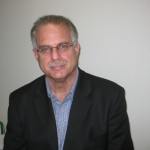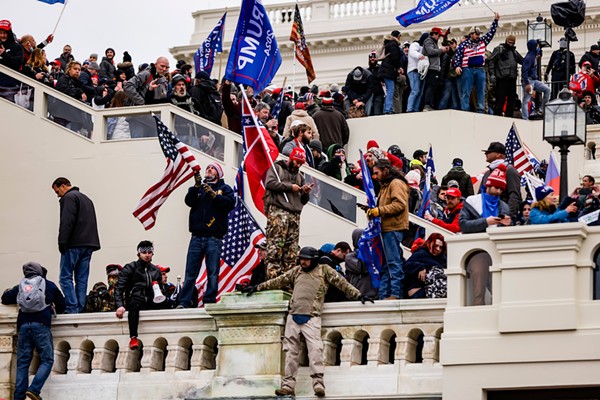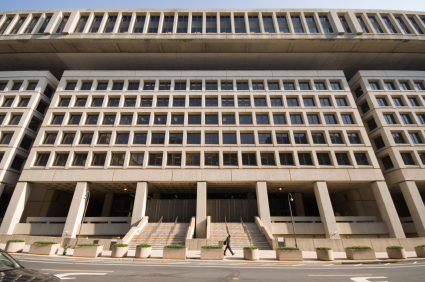
WASHINGTON — One Friday, two days after the Oklahoma City bombing in 1995, I was sitting at my desk at the Detroit News in downtown Detroit when I got a tip that the FBI was raiding a farmhouse in Michigan, and it had something to do with the bombing of the Alfred P. Murrah Federal Building in Oklahoma.
In short time, I hopped in a car with another reporter and rushed northward up I-75 to Decker, Mi., a rural farming community two hours outside Detroit, where a guy named Tim McVeigh had hung out with two brothers named James and Terry Nichols.
By the time I arrived, the quiet little community, flush with lush farms and pickup trucks with rifle racks, was swarming with reporters and television trucks. Everyone – including the locals — was fixated on the farmhouse nearby that had been cordoned off and was full of FBI and ATF agents gathering evidence.
I stood on the dusty farm road that day thinking that homegrown terrorism had stormed America in a way never seen before. Eight federal agents were dead. Another 160 in the federal building were too.
I spent the next week in the area of the state known as “The Thumb”, tracking down leads, staying in a motel in nearby Cass City, where you checked in at the front desk of the bowling alley across the street. (I bowled one of my highest games – 217).
After that week, I went up every week to follow up on leads and to talk to James Nichols, the brother of convicted bomber Terry Nichols. I usually stopped by the Decker Tavern, grabbed a cheap can of beer and talked to folks. The bartender remembered serving beers to Tim McVeigh. She even recalled his brand.
The first night there, a fellow reporter John Bebow and I headed to the Decker Tavern to talk to locals. A Detroit News photographer accompanied us, Joe DeVera, who was Filipino. The bar and the town had suddenly been transformed from an all white community to a United Nations; foreign reporters from Spain and France; Asians , Black and Jews.
The cash register frantically rang all night at the tavern. But the locals seemed less than enthusiastic. As Joe, the photographer, headed to the bathroom, an elderly local patron at the bar turned to another and noted that there was a “Gook” in the bar.
It struck me that some of the locals had spent their lives avoiding the rest of America – particularly Detroit. Now, with the snap of a finger, the rest of America had come to them. It was an eye-opener to meet the local militias, the unknown Americans that hated the federal government, the farmers who felt they’d been screwed by the government.
The next day, on a Saturday, the swarm of reporters returned to the farmhouse. There were undercover ATF agents trying to blend in, trying to meet the local militias. I knew some of them from back in Detroit. In at least one instance, one those undercover agents got an invite to dinner at one of the locals. When he saw me on a dirt road near the farm, he gave me a look like “stay away, don’t blow my cover.” I obliged.
Eventually, Tim McVeigh and Terry Nichols were convicted.
Still, to this day, I’m not sure the whole story has been told.
Whatever the case, it’s interesting to note how the homegrown terrorists quickly took a backseat to al Qaeda and the likes after Sept. 11, 2001. For the majority in America, the threat of the Tim McVeighs seemed to have faded.
But one thing we must remember: With high unemployment, a troubling economy,and as hate groups try to use the Obama presidency as a recruiting tool, America and federal agencies like the FBI and ATF must not forget or take lightly these domestic hate groups or the fringe members or the “lone wolf” wannabes. You just never know what they’re capable of.
Just ask the Oklahomans.




